Anima Mundi, Beauty News
Navigating the Winter Blues: Natural Remedies & Practices
The transition into winter can often bring more than just a chill in the air; for many, it heralds a time of lower moods and energy levels, a phenomenon sometimes referred to as the ‘winter blues’ or more clinically, Seasonal Affective Disorder (SAD). As the light dims and the days shorten, it’s not uncommon to experience a significant shift in our mental health.
Understanding SAD and Its Effects
Seasonal Affective Disorder can present a range of symptoms that may disrupt your daily life, from persistent low mood and irritability to cravings for carbohydrates and difficulty waking up. Recognizing these signs is the first step towards managing them effectively.
Embrace Herbal Support
Whatever the source of our suffering this time of year, Mother Earth’s plant-based pharmacopeia offers abundant support as our mood, sleep habits, heart, and energy may be in need of extra attention and care. Keep reading for Anima Mundi’s herbalists’ recommendations for how to manage the winter blues, or related dips and shifts in our mind-body health this season.
-
ST. JOHN’S WORT (Hypericum perforatum)
Used for: Tackles mild to moderate depressive episodes. This herb, radiant as the midday sun, is fondly referred to as an “herb of the sun”, making it an essential balm for the soul during bleak winter days. Its efficacy in brightening moods is well-documented in multiple global research studies, where it’s been shown to rival various prescribed antidepressants in effectiveness. Interesting tidbit: St. John’s Wort was traditionally gathered on the Summer Solstice, the year’s longest day, also celebrated as St. John’s Day.ASHWAGANDHA (Withania somnifera)
Used for: Combatting depressive and anxious feelings; hormone equilibrium. Ashwagandha is a comforting, enriching herb with a hint of warmth, perfect for maintaining strength and harmony when winter’s chill takes hold. Intriguingly, it also bestows a hydrating touch upon the skin, thanks to its antioxidant and adaptogenic qualities, ensuring your skin remains hydrated during the harsh, dry months.DAMIANA (Turnera diffusa)
Used for: Aiding in depression, anxiety control, sleep issues, and beyond. As an adaptogen, damiana is celebrated for enhancing digestive health, invigorating energy levels, and stimulating sexual drive and focus, among its many virtues. Its warming effects also improve circulation. Historical snippet: Damiana tea, revered in Mexican traditional medicine, is not only considered a powerful aphrodisiac but also thought to remedy various health conditions, from anemia to pain relief.MUCUNA (Mucuna pruriens)
Used for: Addressing mild to moderate depression. Mucuna, uniquely rich in natural L-Dopa (dopamine), has earned its title as the “dopamine bean”, providing significant support for individuals with depression seeking upliftment. Historically, its use has spanned a broad spectrum, from treating to allegedly curing diverse conditions like Parkinson’s disease, male infertility, and neurologic disturbances.HAWTHORN BERRIES (Crataegus monogyna)
Used for: Mitigating stress and reducing high blood pressure. Hawthorn holds a special place in the realm of heart health. It’s been traditionally embraced for mending emotional distress and aiding those wrestling with the pains of heartbreak. Fascinating fact: Recognized as the most ancient medicinal plant in European botanical lore, Hawthorn has a venerable presence in both Chinese and Western healing traditions.LEMON BALM (Melissa officinalis)
Used for: Encouraging tranquility, alleviating nervous tension, and rebalancing GABA levels. With a propensity to uplift, research reveals that a robust brew of lemon balm can diminish anxiety for hours. It is also laden with antioxidants, combating the free radicals responsible for premature aging.MILKY OATS / OATSTRAW (Avena sativa)
Used for: Enhancing cognitive prowess and emotional states. Oat is the herbalist’s recommendation for those who are accustomed to overextending themselves. This hydrating, sweet, rejuvenating botanical aids in navigating the dim, arid winter months by sharpening our multitasking skills, elevating our spirits, and addressing anxiety and mood disorders.KAVA KAVA (Piper methysticum)
Used for: Easing muscle tension and other physical effects of stress. Renowned for its relaxing properties, kava kava extends beyond mere physical relief, quieting the restless “monkey mind” and fostering a sense of deep tranquility. It’s warming and invigorating, helping to lessen anxiety while also enhancing focus.LINDEN (Tilia)
Used for: Lowering stress, calming heart flutters, anxiety, and nervous restlessness. Herbalists affectionately regard linden as a “hug in a mug,” given its affinity with the heart, both physically and sentimentally. Its mucilage content is soothing for respiratory tightness and sinus discomfort, and it’s a common constituent in contemporary cold and cough remedies. Historically celebrated for its diaphoretic action to help manage fevers, it has been used to reduce blood pressure, ease digestive upsets, and provide calm, continuing its centuries-long legacy across various cultures.


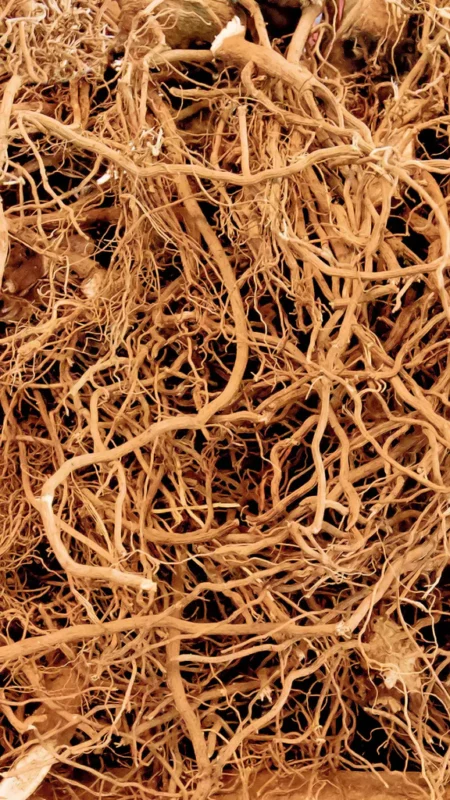
These herbs, alongside a diet rich in omega-3 fatty acids, vitamin D, and B vitamins, can support mental health through the winter.
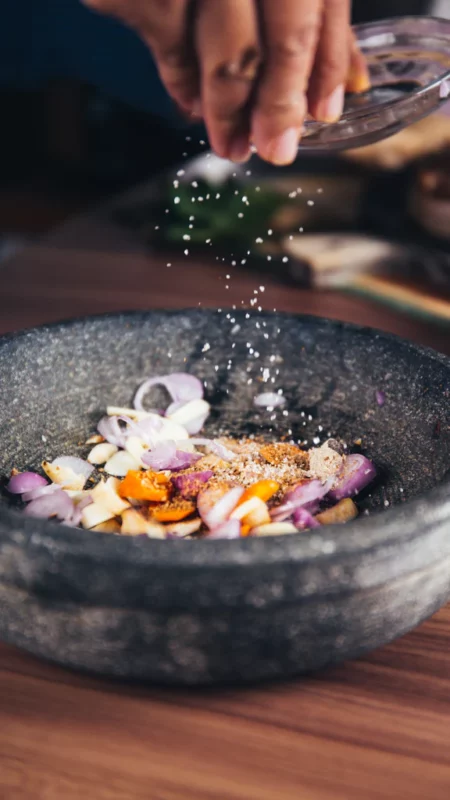
Nourish your mood with Diet & Engagement
ENRICH WITH VITAMIN D
Penn State’s renowned Molecular Immunology Professor Dr. Margherita T. Cantorna highlighted in The Washington Post:
Individuals with darker skin and those dwelling in higher latitudes are more susceptible to vitamin D deficiencies. It is recommended that adults intake at least 600 IU of vitamin D daily. People who have dark skin or those who shun the sun should increase their vitamin D consumption throughout the year.
This scenario applies to many, and even those residing in sunny areas can be vitamin D deficient, which affects over half of the American population. A staggering 90 percent of the U.S. population of color do not receive adequate vitamin D, which is vital for bone strength, mood regulation, and combating depression. It’s important to take supplements on a full stomach, and you can learn more about maintaining healthy vitamin D levels here.
MAINTAIN A ROUTINE OF PHYSICAL ACTIVITY
Dr. Andrew McCulloch, former head of the Mental Health Foundation, conveyed to NHS Scotland:
Substantial evidence suggests that 30 minutes of robust physical activity thrice weekly can counteract depression. There is also some evidence that lighter exercise can be beneficial. For those prone to SAD, exercising outdoors provides additional benefits due to daylight exposure.
Begin with feasible and repeatable activities, such as a brisk midday walk. Aim to adhere to enjoyable exercise routines at least three times a week for no less than 30 minutes. Enjoyment is key; the more you enjoy your chosen physical activities, the more likely you are to persist with them. In an age where remote work is commonplace, dedicate 30-60 minutes daily for physical engagement. As Thích Nhất Hạnh, a revered philosopher, once said, “peace is every step.”
COMMIT TO DAILY MEDITATION
Dr. Tal Ben-Shahar, co-founder of the Happiness Studies Academy, advised verywell mind:
Meditation is a refuge in the midst of chaotic reality. Just ten minutes daily, or even three sporadically, can significantly reset our nervous system.
Starting a meditation practice amidst a busy year-end can be overwhelming, but it’s a scientifically-backed method to alleviate stress, depression, anxiety, and more. Pairing meditation with exercise goals and beginning with small steps, such as “three minutes once in a while,” can lead to a consistent mindfulness practice.
EXPLORE LIGHT THERAPY
Dr. Teodor Postolache from the University of Maryland School of Medicine shared findings with the NIH:
Light therapy benefits up to 70 percent of SAD patients after a few weeks. Some experience improvements even sooner. Studies show depression scores decrease following the initial light therapy session.
The combination of light therapy with cognitive-behavioral therapy, yoga, exercise, and other complementary methods can boost outcomes. Implement these dietary suggestions, herbs, and practices gradually for personal progress in revitalizing and fortifying your winter wellness.
SAVOR TIME COOKING
A Frontiers in Psychology study from Washington, D.C. researchers states:
Cooking is a nurturing health behavior linked to thriving. Studies from the UK and USA show social and emotional advantages of home cooking. Associations between cooking, increased vegetable consumption, fewer daily calories, and less junk food intake have been documented.
Cooking is aligned with “positive psychology” and is associated with improved psychosocial health outcomes. It provides a sense of meaning and can decrease the risk of mental health issues, promoting engagement and mental health protection.
We encourage you to start a culinary journey with comforting, nutritious meals, incorporating revered herbs from both folk traditions and scientific research.

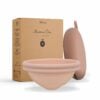
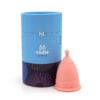



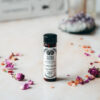





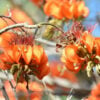




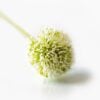

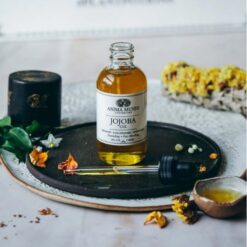
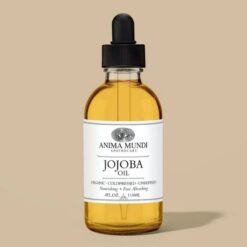


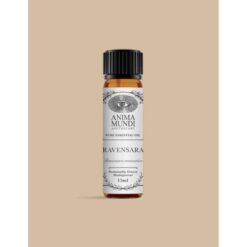
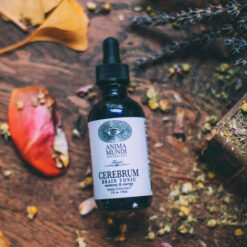
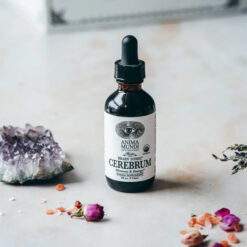
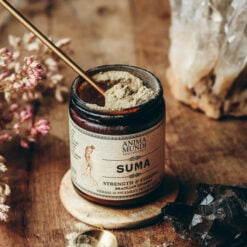


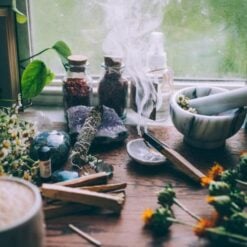






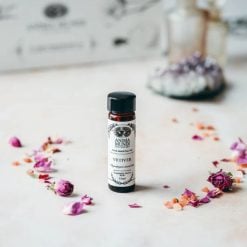
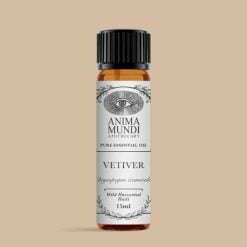
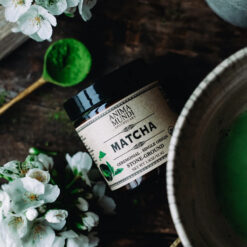
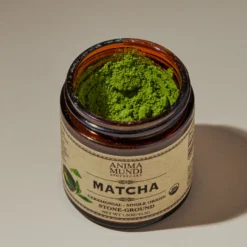




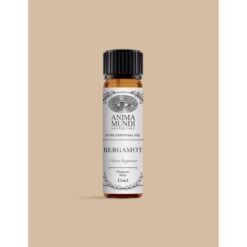




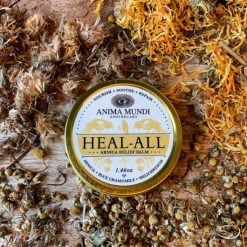
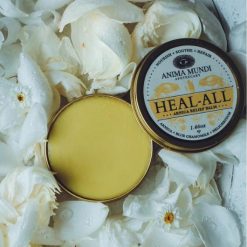
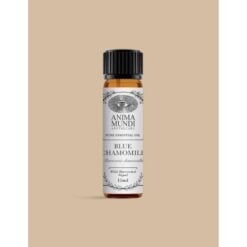


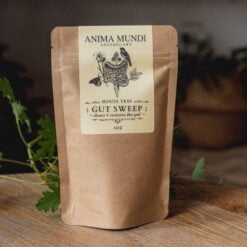
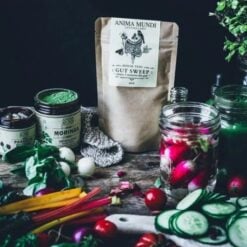









 Beauty Products
Beauty Products By Skintype
By Skintype Brands A-Z
Brands A-Z Wellness
Wellness Health / Nutrition
Health / Nutrition